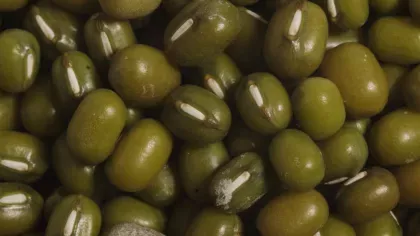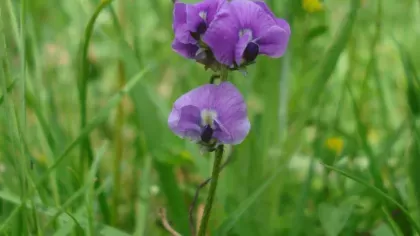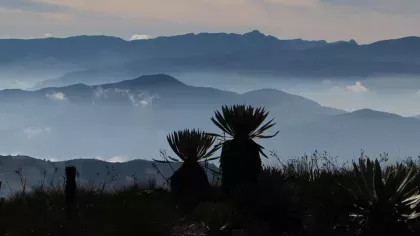22 May 2020
Biodiversity, resilience and a green recovery
On International Day of Biological Diversity 2020, Director of Science Alexandre Antonelli reflects on the importance of biodiversity in the face of the unexpected.

Covid-19 is a major challenge, but it’s not the only one nor the most important one in the longer term.
While people stay at home and economies struggle, poachers are hunting down the most endangered and valuable species and powerful farmers are slashing the Amazon rainforest at steadily faster rates.
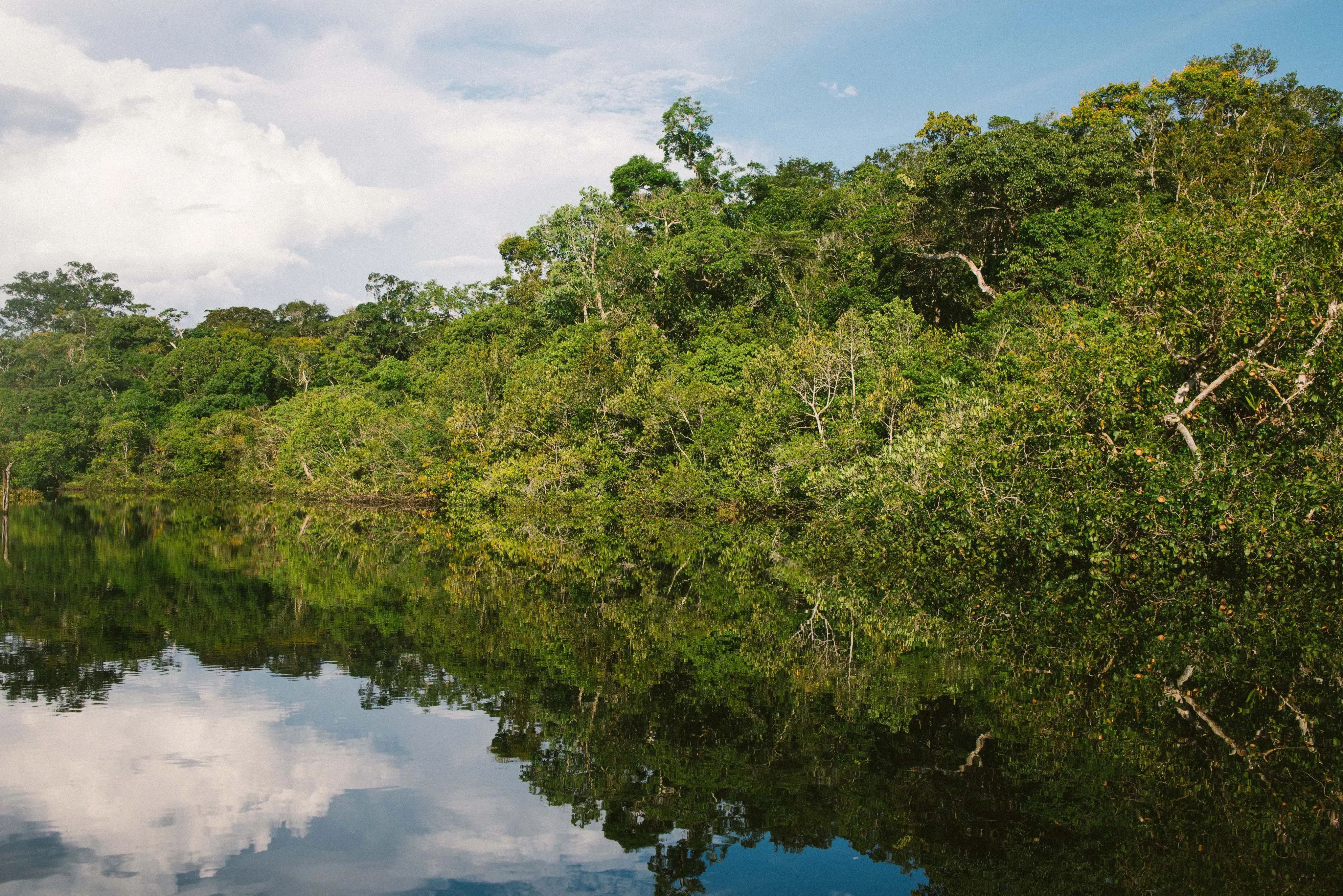
It’s fair to say that 2020 is not turning out how we expected.
This was going to be the ‘super-year of biodiversity’ – a turning point in our commitment to nature, following the shocking findings from the IPBES 2019 report, the demands from the global Fridays For Future movement, the warnings from the World Economic Forum and the Dasgupta Review on the irreversible consequences of biodiversity loss for our economies.
Instead, trillions of dollars are now being ear-marked for fighting off a virus.
There are things we know; things we can predict; and things we had no idea were coming (although we should).
We know that our generation is responsible for the most dramatic changes in land use in history, converting biodiverse ecosystems into monocultures, cities and wasteland.
We predict that one million species are at risk of extinction, as deforestation, human populations, global warming, pollution and poaching continue to increase.
We had no idea Covid-19 was coming, but we really should have been ready nonetheless – this is not our first, nor last pandemic, there have been recent warnings not taken seriously or acted upon, and the situation may well reflect our increasingly unsustainable use of nature.
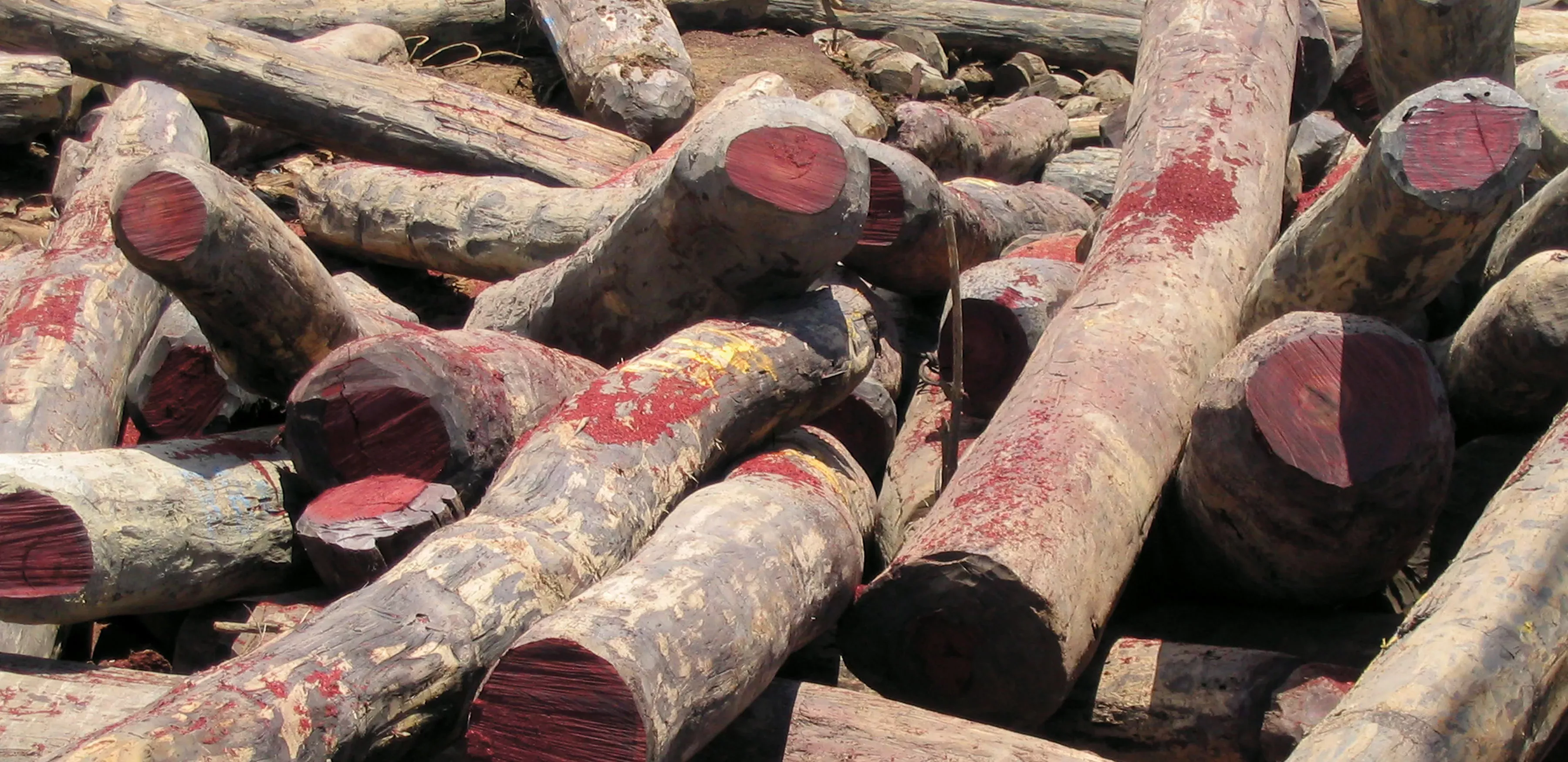
Biodiversity provides resilience
We are surprised at the news of every new hurricane, heat wave and flood. Although these, and other extreme events, have increased with climate change, they have all happened before – and a healthier nature was able to cope with it.
The tsunami in the Indian Ocean in 2004 killed over 220,000 people but caused little damage on villages that had protected their surrounding mangroves rather than converted them into shrimp farms.
In that same year, the Galapagos Islands were experiencing a severe drought that caused many of their native birds to die of starvation.
But morphological variation within species – one important feature of biodiversity – not only allowed them to survive, but even generated new species.
Evidence abounds on the role of biodiversity in coping with the unexpected.
We must raise our sights
Covid-19 is, by almost any metric, a disaster – but it is also an opportunity.
It forces us to think really hard about our fragility and the urgency of fixing our unhealthy relationship with the natural world.
It helps us discern what is really important – a walk in the woods, a breeze of fresh air after weeks of confinement, a hug – from what is unnecessary, even damaging – our over-consumption, over-mobility, over-dependency.
A green recovery
This is the only solution we must strive for.
One in which we preserve nature, emit less carbon, become more self-sufficient. One in which we are better prepared for the unforeseen consequences of our past actions against nature.
And one in which the world’s 8 million other species are given the right and conditions to thrive – for the sustainable future of people and our planet.

